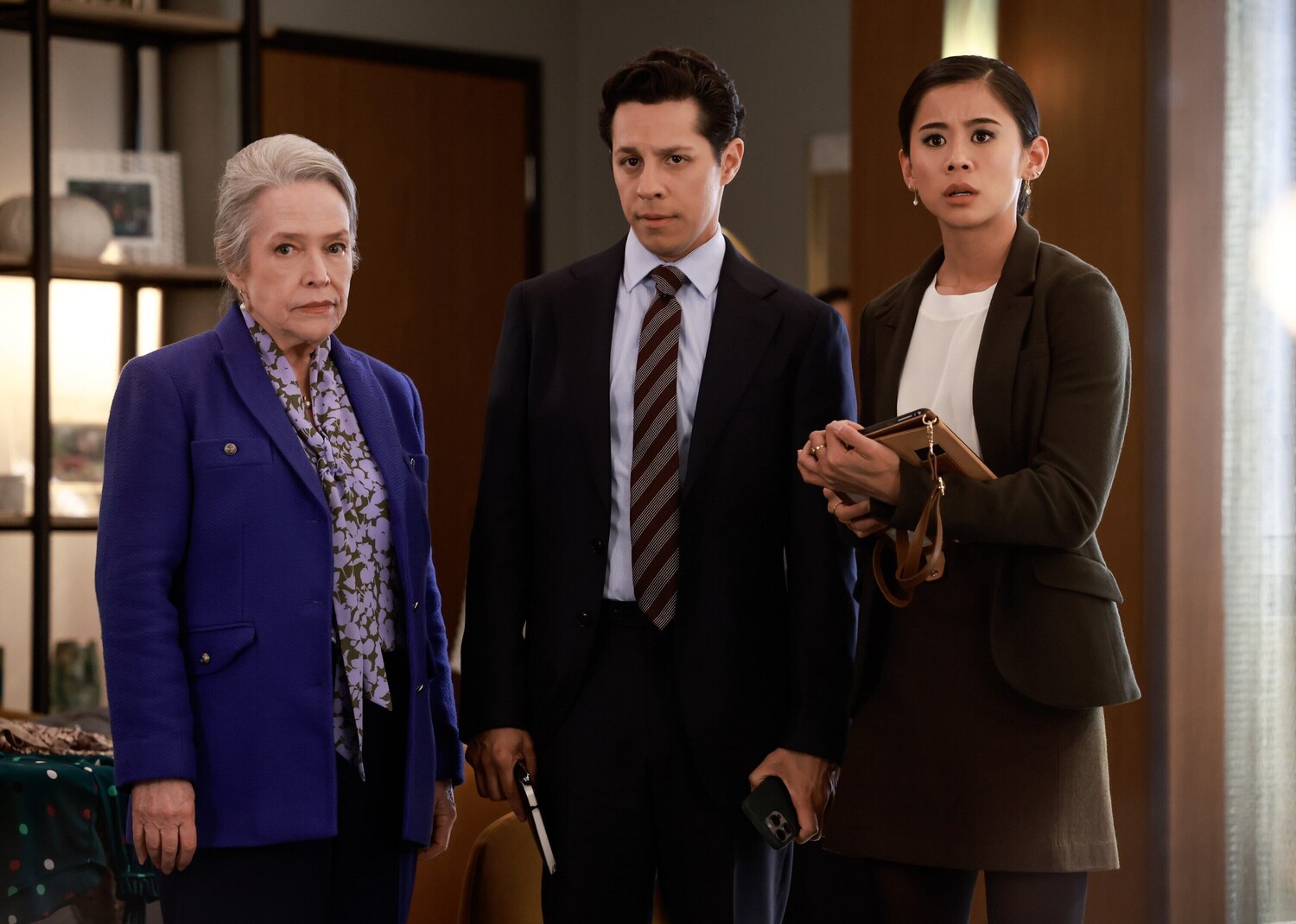The famous Spanish enlightened writer and politician Gaspar Melchor de Jovellanos said: “Those who, having squandered the parental inheritance or not knowing how to shake off laziness, still want to keep their splendor, surrounded on all sides by misery, perish in misery and misery”. Established as one of the main figures of current European cinema, The Swede Ruben Östlund arrives in theaters with ‘The Triangle of Sadness’, nominated for three OscarsBest Film, Best Director and Best Original Screenplay.

Nominated for three BAFTRA Awards and a César, her long path to success began when she won the Palme d’Or at the 75th Cannes Film Festival and continued with five awards at the 35th European Film Awards, among them the best film. A series of testimonials that demonstrate how the new satire of the Scandinavian genius is liked by various groups of professionals who, more than one, he displayed a good sense of humor, looking directly at both the aristocracy and the bourgeoisiebeing the film industry one of its greatest emblems.
‘The Triangle of Sadness’ is the culmination of a thematic trilogy and the beginning of a new cycle in the director’s filmography. After the audacious ‘Play’, with which he exposed the dangers of political correctness, Östlund began a thematic trilogy that put him at the forefront of the scene. First he emotionally destroyed the middle-class Swedish family and undermined masculinity with the glamorous ‘Force majeure’; followed that fabulous satire on the art world and the decadence of manhood that was ‘The Square’. Now He chooses to enter the world of fashion, through a surreal story that could very well have come out of Luis Buñuel’s mind in the past.
The three faces of decadence and tyranny
The film is divided into a prologue and three fragments showing the descent into hell of a couple of models and influencers. The opening shows how Carl, played by Harris Dickinson, competes to be chosen as one of the models of the new fashion week of an unnamed capital city. Then he goes to a revealing marital interview, in which the aspiring model and Yaya, an internationally renowned supermodel, argue about who pays the bill in an upscale restaurant in Stockholm. As a prologue, Östlund links ‘The Triangle of Sadness’ to his portraits of masculinity in crisis which he showed in ‘Force Majeure’ and ‘The Square’.

Its second act is Östlund in its purest form, on a cruise that It could very well be the successor to Ferreri’s ‘La gran comilona’ or Buñuel’s ‘The discreet charm of the bourgeoisie’. A succession of tragedies with which the director puts in front of the mirror a privileged class that has lived at the cost of exploiting others.
It is no coincidence that Östlund gathers an elderly English couple on his yacht who boast of having become rich; to a Russian oligarch who became a millionaire by selling fertilizers (“I sell shit”comes to say graphically, in a clear metaphor of the leisure class) and that he is accompanied by a firecracker sister and a wife who could very well be his daughter; the couple of models and influencers who show the vaporousness of luxury, like a hungry couple can boast an ideal standard of living on social media but non-existent in real lifeformer communist sea captain, drunk and devoted to giving political and moral lectures completely drunk and driving his boat, for which he is responsible, adrift.

Undoubtedly, it is most brilliant act, Östlund in its purest form, with a series of sequences that know how to weave the tragicomic atmosphere with the blackest satire, which transcends the myth of “even the rich suffer” and which recalls that banquet in which the “man-primate” broke into “The Square”. Östlund manages to make the viewer turn away, from the eschatological thing that ends up revealing itself. The Swedish director manages to transcend in a sublime second act.
Östlund performs his peculiar ‘The Big Beast’
Different is what happens in the third, in which Östlund reverses the roles and it is the proletariat that ends up reigning, against an aristocracy and a bourgeoisie transformed into servants, given its ineffectiveness in a survival situation, as the ship ends up sinking and some survivors reach an island they believe is deserted. Here, for more inri, The director depicts the new female leadership, with a Filipina waitress chosen as the new leaderas she is the only one of the group who knows how to fish, hunt and make fire.

Here also Östlund leaves impregnated a message in the purest ‘Viridian’ style, the lower class, the proletariat, is not very different from the bourgeoisie, showing an equally tyrannical and nepotistic system. An uncomfortable message with which the filmmaker demonstrates that he is closer to the theses of the aforementioned Spanish filmmaker in the face of the more softened and reflective gaze of Bergman, his compatriot and presumed influence on his filmography, or of Roy Andersson, whose humorous style is similar, albeit with a more conscious look at the absurdity.
An exercise in style that, yes, would not have been done without a delivered cast. Starring Woody Harrelson as a dipsomaniac captain, Harris Dickinson and the hapless Charlbi Dean particularly shine. The former continues to grow in a way reminiscent of his compatriot George MacKay, while the latter, who sadly passed away last year from bacterial sepsis, aspired to great promise, with a role growing with each new act. Who ends up stealing the show is Dolly de León, brilliant as a cleaning lady who took office as the absolute boss of the cruise. They are the most obvious examples of how well satire is constructed from the point of view of the characters.
‘The Triangle of Sadness’ is the culmination of the savage and satirical gaze of a genius who, after all, takes advantage of cinema to carry out a brutal exercise in self-criticism. A feature film with which he ends up crowning Östlund as one of the great European voices, a Nordic response to the cinema of Yorgos Lanthimos. A savage satire not suitable for delicate stomachs and ideal for those who love strong emotions.
Note: 8
The best: The sequence after dinner, when the ship is faced with strong waves.
Worse: His third act is the weakest of the three, where Östlund shows too much at the seams.
Source: E Cartelera
Lloyd Grunewald is an author at “The Fashion Vibes”. He is a talented writer who focuses on bringing the latest entertainment-related news to his readers. With a deep understanding of the entertainment industry and a passion for writing, Lloyd delivers engaging articles that keep his readers informed and entertained.




